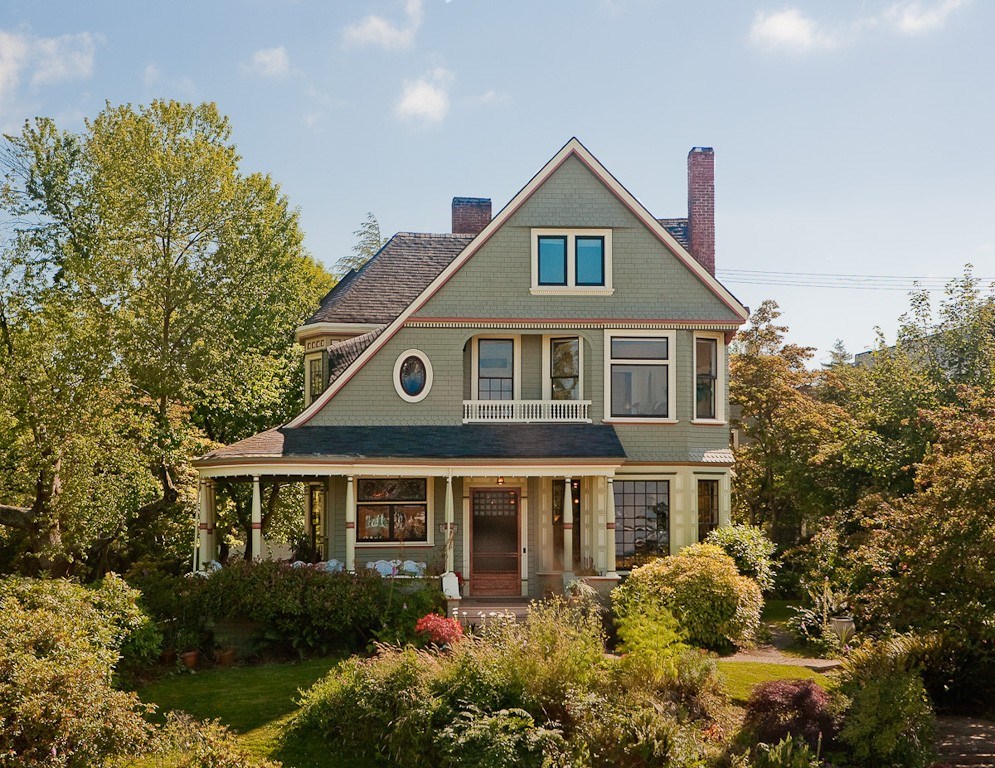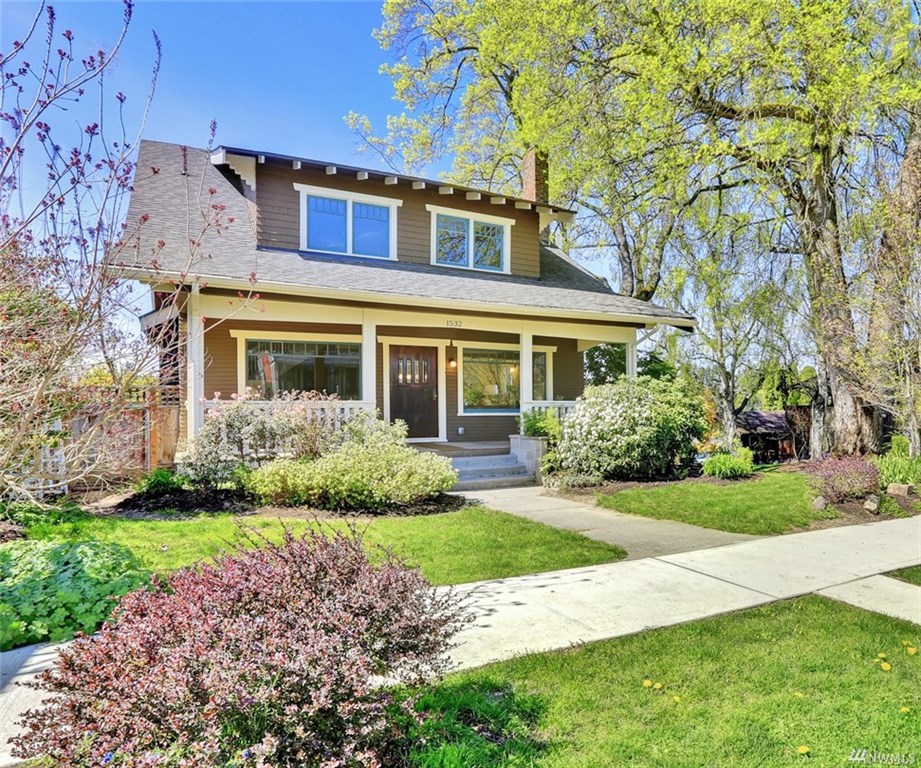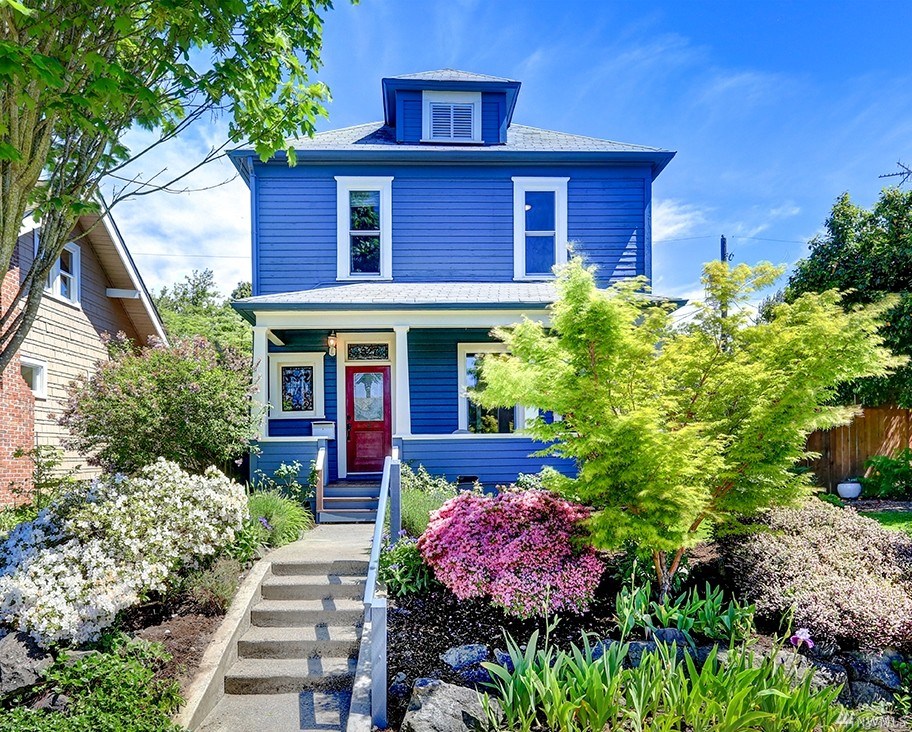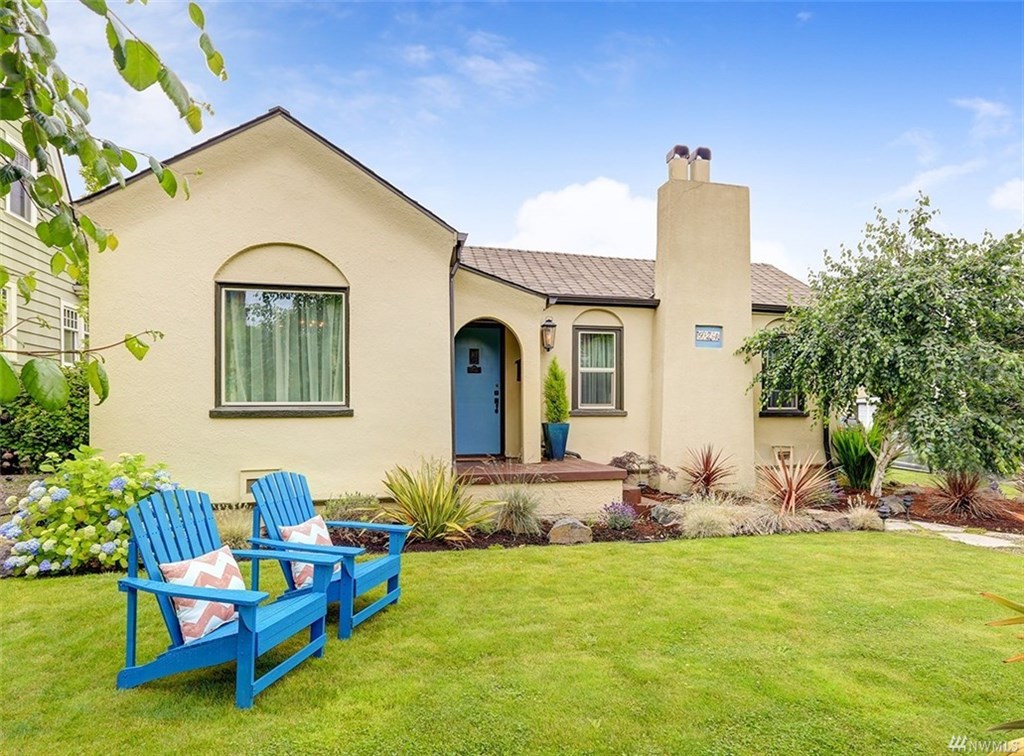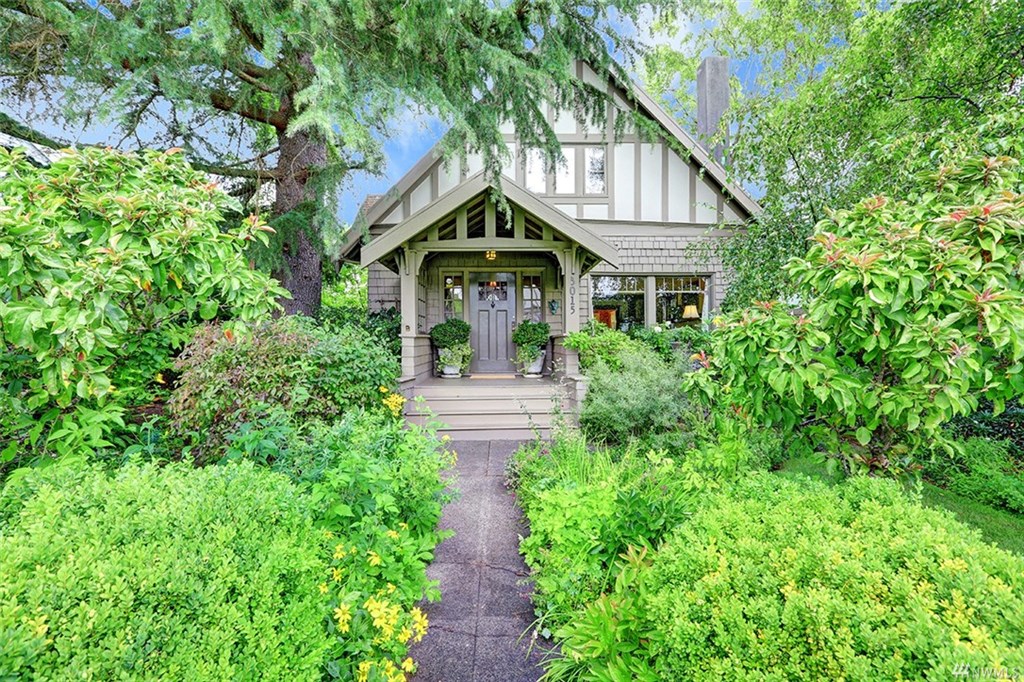History Matters
The value that we, as a community, place on older architecture and historic districts makes North Tacoma special - and desirable to home buyers moving here from outside the area. Though Craftsman bungalows dominate the landscape, there are definitely other architectural styles to be found here.
Victorian
“More is more” was the guiding principal of the Queen Anne Victorian style popular at the end of the 19th century and the very beginning of the 20th. Celebrating the excesses of the Victorian era, this style is known for its whimsical architectural shapes, steep pitched roofs and prominent forward facing gables. Additional design elements often include fish scale shingle siding, bay windows and bump outs, elaborate stained glass windows, intricate spindle work, patterned masonry, towers and turrets and wrap around porches. Modest Victorian cottages featuring some of these same design elements were built in Tacoma for working class residents of the time.
Craftsman
Popular in the very early years of the 20th century, the Craftsman style represented an architectural shift away from Victorian ornateness to a simpler, less pretentious way of living. Though Craftsman homes have an inherent beauty, the focus was on function and practicality. The style is characterized by low pitched gabled roofs with broad eaves, large front porches, dormers and exposed wooden structural elements. Interior features often include large fireplaces, built-in cabinetry, decorative tile work and double hung windows.
American Foursquare
Popular at the turn of the last century, both in rural settings and on small city lots, the American Foursquare was the transitional link between the Victorian and Craftsman styles. It was economical to build and comfortable to live in. Taking its name from its cubic shape and a floor plan commonly divided into quarters, the typical Foursquare has a low pitched roof, often with a deep over hang and/or hipped central dormer. Additional characteristics often include full width front porches and siding that’s easily sourced in the area. In North Tacoma, that would have been wood.
Dutch Colonial Revival
The Dutch Colonial style didn’t originate in Holland. It was developed by Dutch colonists in New York and New Jersey in the 1700s and was known for its gambrel roof and dormers. Though the dormers created usable space on the second floor, these homes were still considered single story for taxation purposes (two story homes were taxed at a higher rate) – so the design choice offered an economic benefit as well. Symmetrical front facades are most common, but Dutch Colonials were also built with “side” entries. Additional features include clapboard or shingle siding, gable end chimneys and porches under overhanging eaves.
Spanish Revival
Spanish architecture is rare in the Pacific Northwest, but it can be found. Influenced by Spanish colonial architecture, this romantic style gained favor in the 1920s and 1930s following the Panama-California Exposition of 1915. Common features include tile roofs, stucco exteriors, plaster interior walls, rounded doorways and windows, elaborate tilework and wrought iron grillwork. It was likely a fascination with California and the film industry of the early 20th century that motivated construction of a handful of Spanish bungalows in North Tacoma.
English Tudor Revival
Popular in the years just before the Great Depression, Tudor Revivals both big and small exude a contrived story book charm that harkens back to traditional English architecture. The style is notable for its steeply pitched, cross gabled roofs and a wide array of siding treatments – brick, stucco, stone and wood shingle. Additional design elements include leaded casement windows, half timbers and over-scaled chimneys with decorative brickwork and chimney pots.
Understanding historic architecture is a critical skill for a Realtor to have when marketing historic homes for sale. Much of an older home’s value is tied to its history, which is why Jeff and I make a point of researching and highlighting a listing’s individual history whenever possible. If you’re interested in buying or selling a historic home in the Tacoma area, I’d be happy to assist.
Mark Pinto is a top-producing Realtor with Windermere Chambers Bay, specializing in residential real estate in Tacoma, Gig Harbor, University Place and Lakewood.
Mark Pinto: (253) 318-0923
MarkPinto@windermere.com


